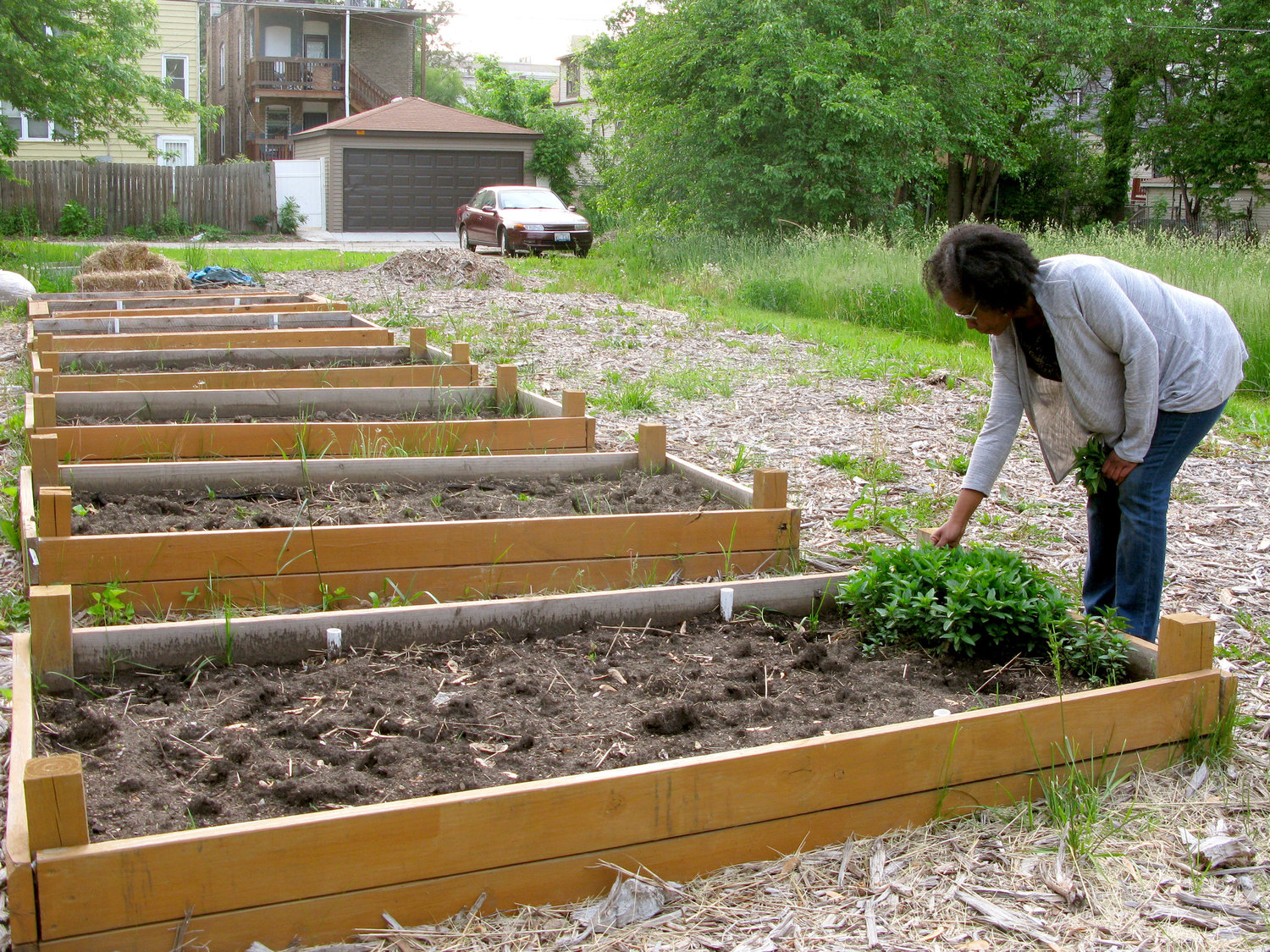Reclaiming Vacant Properties Conference 2022 Wrap Up

Community Revitalization is on the Agenda
The 2022 Reclaiming Vacant Properties Conference (RVP) convened in Chicago in September. Chicago was a perfect choice to serve as host city, as it is the cradle of community development and revitalization. It’s home to hundreds of vibrant community development groups revitalizing property and neighborhoods. Many Chicago projects and groups were profiled in mobile sessions and on panels- some had decades of continuous experience and others were still in the early stages of activity. The sheer diversity of the projects was staggering; frankly, if we have one complaint, it’s that RVP is too short!
After many conversations with a diverse group of attendees, one thing we learned is that new organizations come to RVP to get a crash course in the best strategies to earn and keep the confidence of stakeholders. Leaders of these new organizations often have quite a short window of opportunity to prove their programs are making a difference. Whether they have three months, six months, or a bit longer, they are under immense pressure to produce while the window is open.
From our perspective, the most successful leaders of new community revitalization organizations need to quickly:
1.) become comfortable with risk, but also limit uncertainty at the same time
2.) understand the difference between fallibility and weakness
3.) build and maintain the confidence of key stakeholders
And yet, community revitalization is really, really complicated.
Control over property is often fragmented across local and county governments. Organizations have to manage operational and developmental risk and estimate present and future costs carefully. Community aspirations and goals need to be considered with authenticity. This requires a ton of coordination and cooperation; lone rangers will not survive long in this space. And there is so much detail work: data, finances, grant sources, acronyms, programs…the list goes on!
Our major takeaways from this year’s Reclaiming Vacant Properties Conference:
- The American Rescue and Recovery Plan (ARPA) has supercharged funding opportunities, but many smaller or lower-capacity organizations are struggling with how to tap those funds and deploy them quickly.
- The inventory of blighted property in many places has diminished. Revitalization groups are turning to preservation and rehabilitation more and more, while high growth areas of the country are looking at land banks simply to preserve land for future affordable housing development.
- There has been an uptick in new, innovative strategies for restoring community equity and addressing history and structural racism in neighborhoods. Folks are tackling some tough, tough topics and with a great deal of candor and honesty.
Community revitalization is not work that can be launched on a dime, nor on a shoestring. Some lessons that we have learned during our 10+ years of experience helping community revitalization clients are a) if it is free, you are probably getting what you paid for, b) establishing a good system is nearly as important as hiring the right staff, c) you can save a lot of time by not reinventing the wheel, and d) the systems you adopt reflect the values you hold.
Conferences like RVP help groups climb steep learning curves, but they need trusted advisors and peers to guide them. RVP offered us time to listen, learn, and grow our understanding of what is working and which people are working. We’re looking forward to continuing the conversations started at RVP and at other great land bank and community revitalization conferences in the months ahead. If your organization would like to transform the way you process, manage, and leverage your property data to support your community revitalization efforts, we invite you to check out our product demo videos or reach out to start a conversation!



